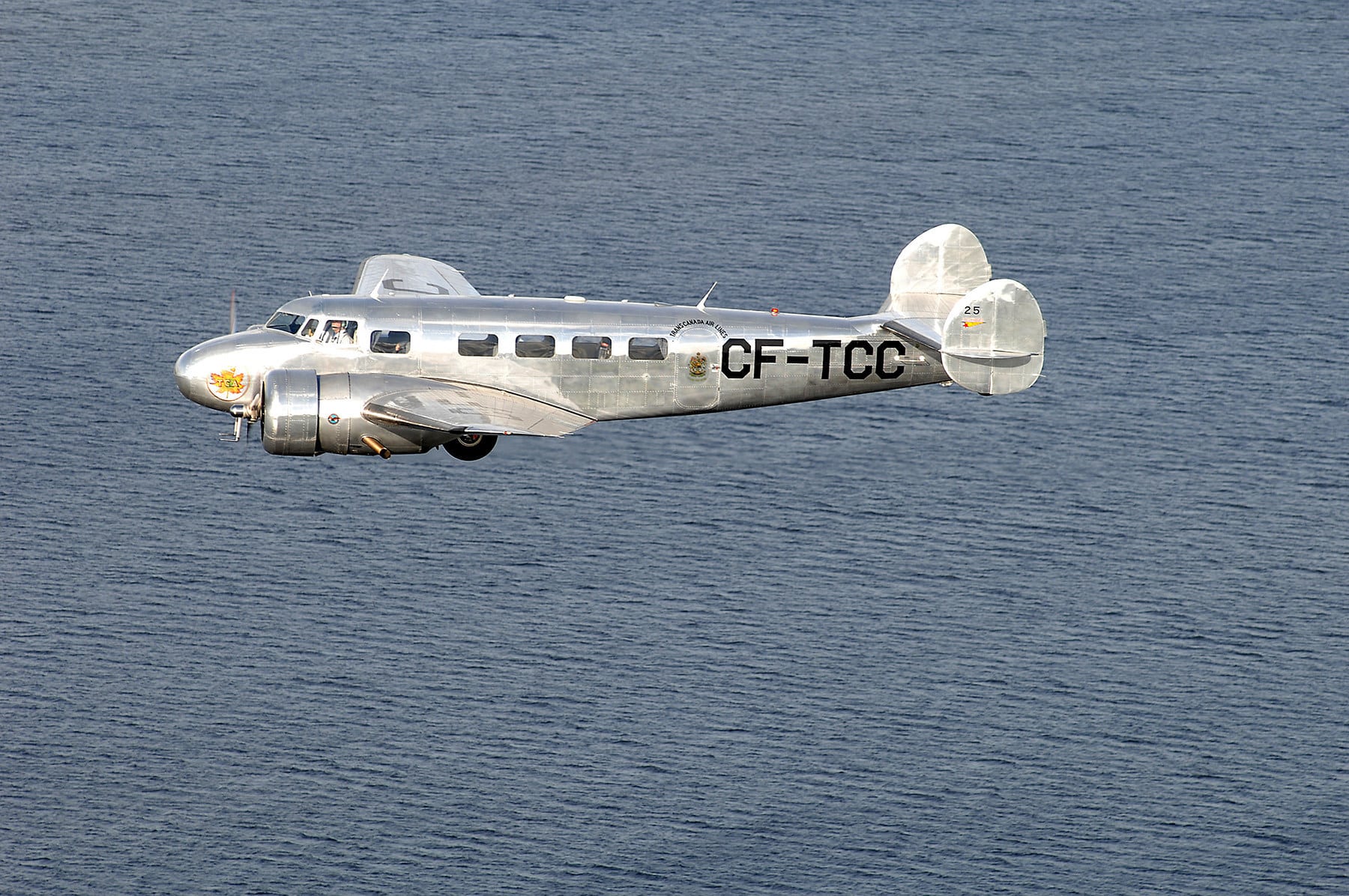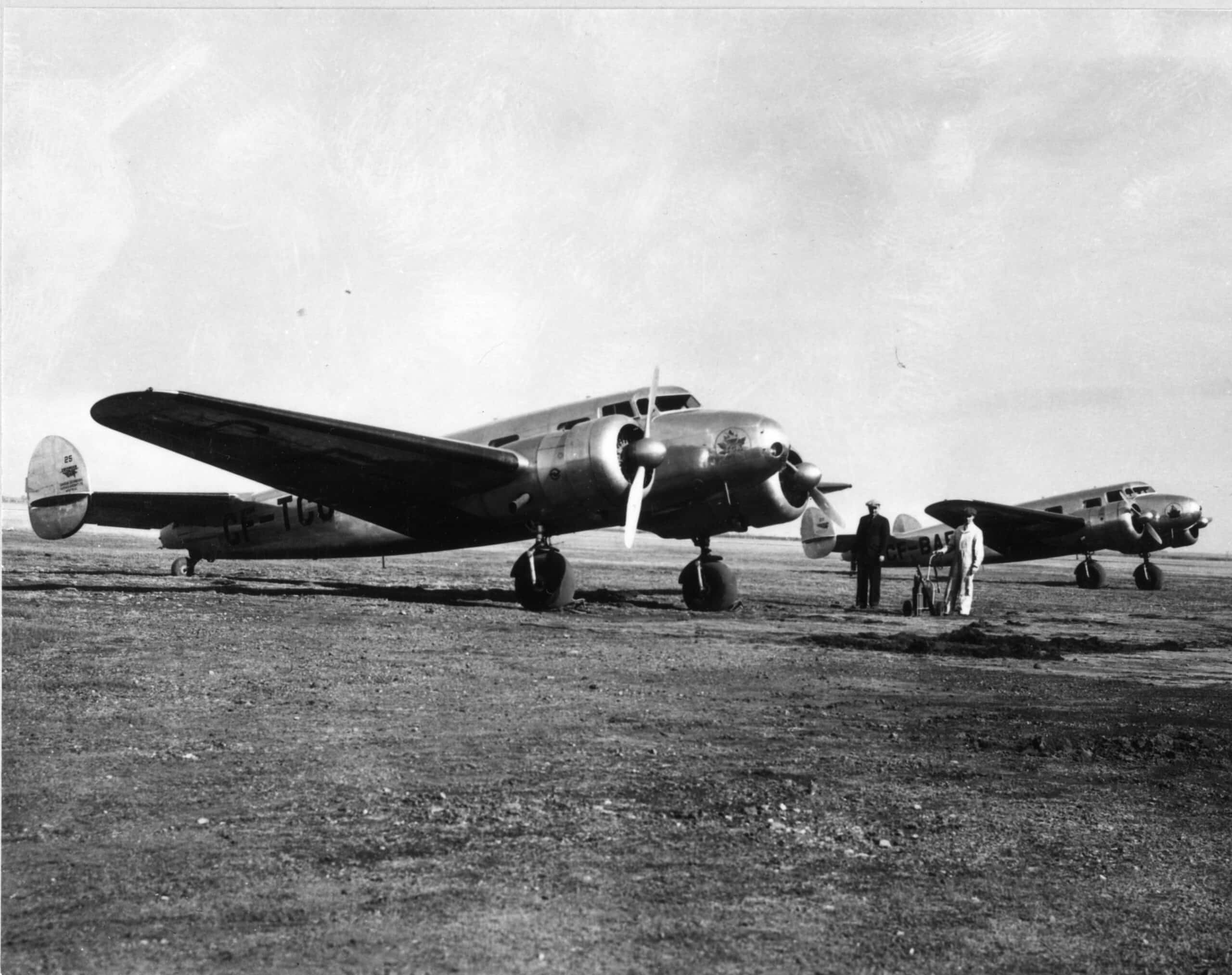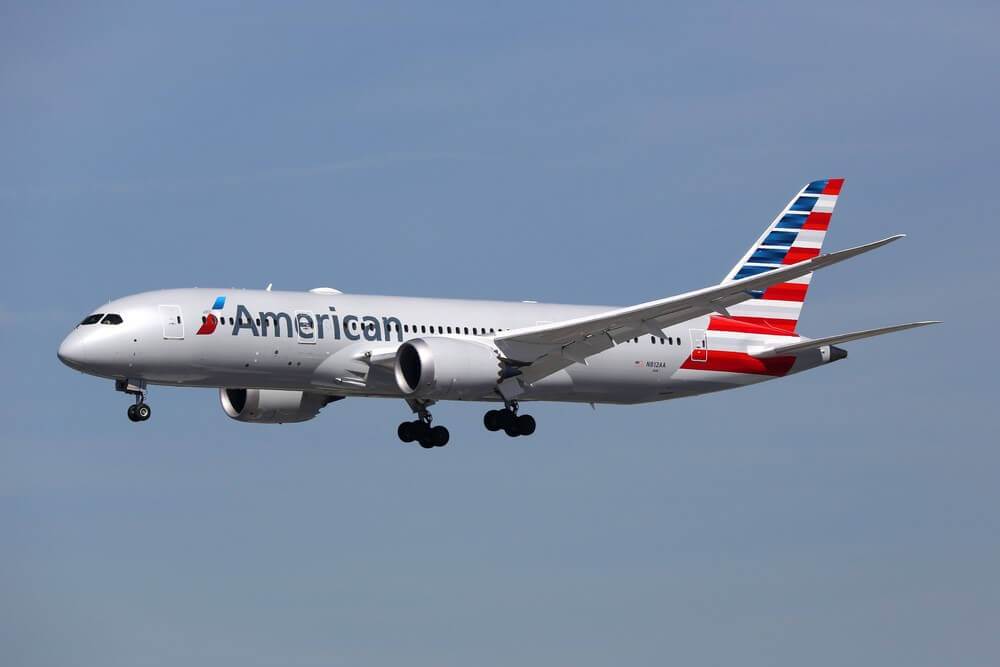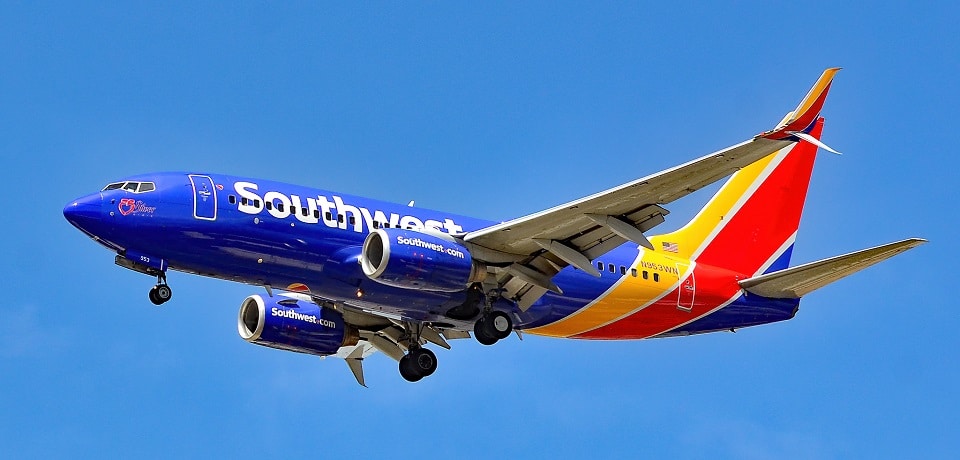Aviation
Air Canada’s Lockheed 10-A Takes to the Skies to Mark the Airline’s 80th

MONTREAL, Sept. 9, 2017 /CNW Telbec/ – In honour of Air Canada‘s 80th anniversary, Air Canada’s Lockheed 10A vintage aircraft is taking to the skies across Canada. After taking off this morning from Vancouver, BC, the L-10A will be making overnight stops as well as fuel stops at airports across Canada, and will be on public display at the Royal Aviation Museum in Winnipeg on September 13 and 14. More information is at: http://www.
As part of the tour, the vintage 10-seat aircraft will overnight in Edmonton, Saskatoon, Regina, Winnipeg, Thunder Bay, Toronto, Ottawa, Montreal, and Halifax. The plane may also make a fuel stop in your community. Look out Calgary, Sudbury, Quebec City, and possibly more! Aviation enthusiasts may track the aircraft’s movements by its registration, CF-TCC, and look out for the silver aircraft in the skies as follows:
- This week: B.C., Alberta, Saskatchewan
- Week of September 11: Saskatchewan, Manitoba, Ontario
- Week of September 23: Ontario, Quebec, Maritimes, and returns to Manitoba.

Winnipeg, Manitoba, Spring 1938
Lockheed 10-A’s CF-TCC & CF-BAF on tarmac preparatory to pilot training flights at Winnipeg During the period when the first copilots were receiving training. Person in dark suit: Capt Kelly Edmison and Maurice McDevitt – Air Engineer (in business in Wpg) in coveralls (CNW Group/Air Canada)

What-s That Silver Plane in the Air? Air Canada-s Lockheed 10-A Takes to the Skies to Mark the Airline-s 80th Anniversary (CNW Group/Air Canada)
About the Lockheed L-10A Electra
The Lockheed L‐10A Electra was designed in the mid-1930s by the Lockheed Aircraft Corporation, to compete against the Boeing 247 and the Douglas DC‐2. This was Lockheed’s first all‐metal twin engine aircraft design, and was first flown on February 23rd, 1934.
Although the aircraft was operated by many commercial airlines in the 1930s, the Lockheed Electra was made most famous by aviatrix Amelia Earhart, who in 1937, disappeared in her L-10E Electra while attempting an around‐the‐world flight. The only difference between the two models is that the L‐10E was equipped with larger, more powerful Pratt & Whitney R1340 engines.
Trans Canada Air Lines and the Lockheed L-10A
On September 1st, 1937 Air Canada’s forerunner, Trans Canada Air Lines (TCA), launched its first commercial passenger flight; a fifty-minute trip from Vancouver to Seattle. TCA had acquired the route plus two Lockheed L‐10A aircraft from Canadian Airways.
In that same month, TCA bought three additional Lockheed L‐10A aircraft, brand new, from the Lockheed factory for $73,000 each. These aircraft were dubbed the “Three Sisters” and carried the registrations CF‐TCA, CF‐TCB, and CF‐TCC. The first aircraft, CF‐TCA can now be found in the Canadian Aviation and Space Museum in Ottawa. CF‐TCC is the silver aircraft flying across Canada and is only one of two Lockheed L‐10A Electra aircraft flying in the world.
The History of CF-TCC
After being operated by Trans Canada Air Lines from 1937 to 1939, CF‐TCC was sold to the Canadian Government and operated by the RCAF as part of the War Effort during World War II. During the next 40 years, the aircraft was sold several times to various private corporations and individuals. In 1975, a retired Air Canada employee recognized the faded old registration marks on the aircraft while attending an air show in Texas. Air Canada kept track of the aircraft until 1983, at which point the company purchased the aircraft back, restored it, and flew it during Air Canada’s 50th Anniversary celebrations in 1986. At the end of the Fifty stop Canadian tour, CF‐TCC was featured in the Air Canada pavilion during Expo 86 in Vancouver.
Since 1986, the aircraft has been maintained in flying condition. Air Canada employee and retiree volunteers from Air Canada Maintenance and Flight Operations have put thousands of hours of personal time into keeping CF‐TCC, our Air Canada heritage, flying for future generations to enjoy.
About Air Canada
Air Canada is Canada’s largest domestic and international airline serving more than 200 airports on six continents. Canada’s flag carrier is among the 20 largest airlines in the world and in 2016 served close to 45 million customers. Air Canada provides scheduled passenger service directly to 64 airports in Canada, 57 in the United States and 95 in Europe, the Middle East, Africa, Asia, Australia, the Caribbean, Mexico, Central America and South America. Air Canada is a founding member of Star Alliance, the world’s most comprehensive air transportation network serving 1,300 airports in 191 countries. Air Canada is the only international network carrier in North America to receive a Four-Star ranking according to independent U.K. research firm Skytrax, which also named Air Canada the 2017 Best Airline in North America. For more information, please visit: www.aircanada.com, follow @AirCanada on Twitter and join Air Canada on Facebook.
SOURCE Air Canada

Aviation
All passengers killed in plane crash, after pilot let his children to control the plane

When boarding a plane, passengers entrust their safety to the skilled hands of the pilot. However, tragedy struck when one of the flight ended in disaster as all passengers lost their lives in a horrific plane crash.
In 1994, during a flight from Moscow to Hong Kong, tragedy struck as an Aeroflot relief pilot made a fateful decision. In a move that would have devastating consequences, the pilot invited his own children into the cockpit to play with the controls. Little did anyone know, this seemingly innocent gesture would lead to the loss of all 75 lives aboard the aircraft.
It was a seemingly innocent act that led to catastrophic results. The relief pilot, Mr. Kudrinsky, invited his two children, Yana, 12, and Eldar, 15, into the cockpit during the late hours of the night. Little did anyone know, this simple gesture would set off a chain of events that would end in tragedy.
Once in the cockpit, the children were allowed to sit in the captain’s chair and play with the controls, unaware that they should have been disabled as the plane was in autopilot mode.
Eldar, perhaps in a moment of curiosity or innocence, held the control column down for a mere 30 seconds. Yet, in those brief moments, the autopilot disengaged, thrusting the aircraft into manual control.
By the time the pilots regained their seats and attempted to regain control, it was too late. Despite their efforts to pull the plane out of a dive, they overcorrected, causing the flight to climb almost vertically, ultimately stalling it.
Final moment Flight 593 crash
In the final moments, as the pilots struggled to stabilize the aircraft, Flight 593 crashed into the Kuznetsk Alatau Mountain range in southern Russia, completely obliterating the plane and claiming the lives of everyone on board.
Investigations revealed a chilling truth: there was no evidence of technical failure. Instead, the crash was attributed to the unthinkable decision to allow inexperienced hands to manipulate the controls of a commercial aircraft.
The black box recording captured the harrowing sequence of events, providing a grim reminder of the human cost of a lapse in judgment. In just over two minutes, the lives of all on board were tragically short, leaving behind a legacy of sorrow and unanswered questions.
Aviation
American Airlines Flight Attendant Orders First-Class Traveler to use Economy Restroom

On a recent American Airlines flight from Chicago O’Hare to Phoenix, Pamela Hill-Veal, a retired circuit court judge, found herself at the center of a disturbing incident.
Despite traveling in First Class, she was directed by a flight attendant to use the Economy Class restroom, sparking allegations of racial discrimination. According to Hill-Veal, the ordeal began when she used the dedicated First Class lavatory during the flight. A flight attendant approached her, accusing her of slamming the door and issued a warning.
Despite remaining calm, Hill-Veal faced further confrontation when she attempted to use the First Class restroom again later in the flight. The situation escalated as the flight attendant persisted in berating Hill-Veal, who felt targeted due to her race. She highlighted the disparate treatment, noting that white passengers were not subjected to similar directives.
In a distressing turn, the flight attendant followed Hill-Veal to her seat and allegedly touched her while threatening arrest upon landing. This alarming encounter left Hill-Veal feeling humiliated and traumatized, impacting her ability to rest even after the flight.
American Airlines has responded, expressing a commitment to investigating the matter and addressing discrimination claims seriously. However, the incident underscores ongoing concerns about racial bias in air travel and the need for accountability in ensuring all passengers are treated with dignity and respect.
Aviation
Southwest CEO Signals Major Shift: Farewell to Open Seating

Southwest Airlines is contemplating a significant shift away from its traditional open seating policy, a move that could signal a departure from its long-standing business model.
The potential change, which would introduce assigned seating and premium seat options, is being considered to appeal to a younger demographic of travelers. This adjustment would mark one of the most substantial alterations for the carrier since its inception in 1971.
Unlike its competitors who have embraced premium seating offerings, Southwest has stuck to its open seating approach, albeit providing the option for early boarding at a fee. However, with rivals like United Airlines witnessing revenue growth from premium seating, Southwest is reevaluating its strategy. According to Forbes, the airline industry has seen a shift in customer preferences over time, prompting Southwest to reconsider its seating model designed during an era of lower load factors.
While Southwest CEO, Jordan,told to CNBC that he has neither confirmed nor denied the possibility of premium seating, he acknowledges that the company is exploring various options. He emphasized that while it’s still early in the decision-making process, the initial results are promising, hinting at potential changes in the future.
Southwest currently operates with a single economy class cabin across its all-Boeing 737 fleet, with no assigned seating. However, the airline does offer the option for early boarding for passengers to secure their preferred seats for an additional fee. Over the years, Southwest has maintained a focus on simplicity and user-friendliness in its offerings, striving to minimize costs and complexity.
In contrast, competitors like Delta and United have capitalized on revenue growth from premium seating options such as business class, demonstrating strong upsell rates. Analysts have repeatedly questioned Southwest about the potential for introducing premium seating or additional fees, although the airline has traditionally refrained from charging for the first two checked bags.
For now, the only way Southwest passengers can secure their preferred seats is by paying for an earlier boarding position, as the airline continues to operate without assigned seating, allowing passengers to choose their seats upon boarding in a predetermined order.





















